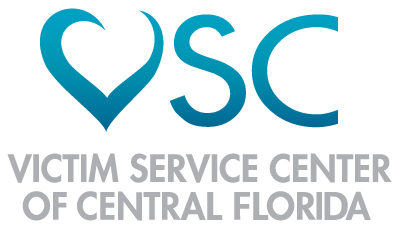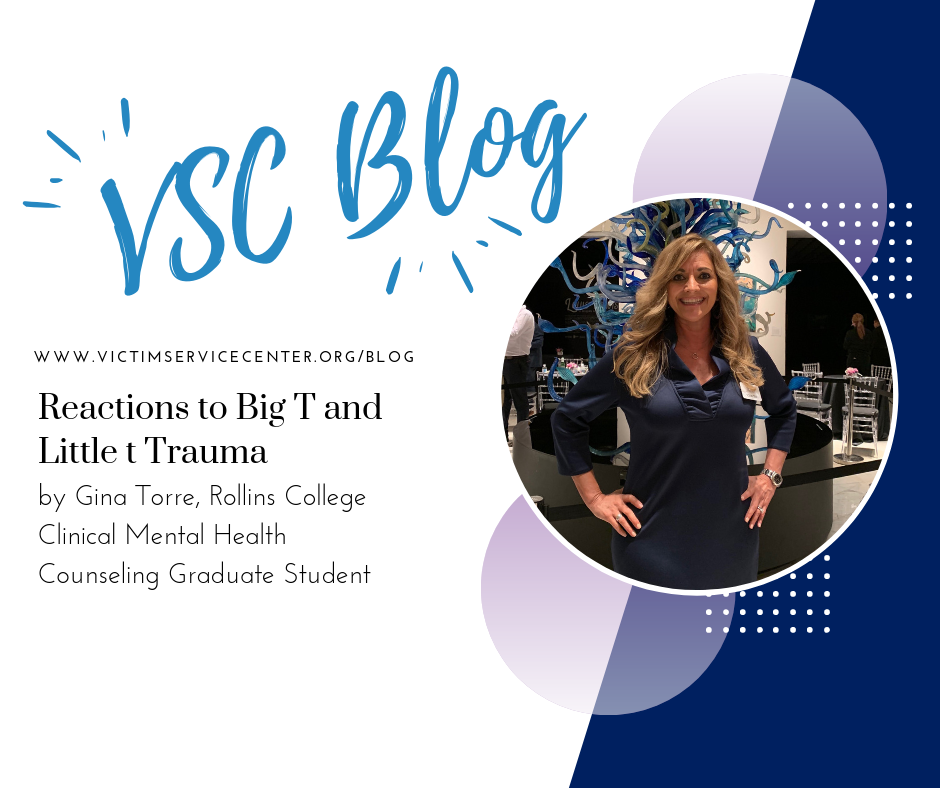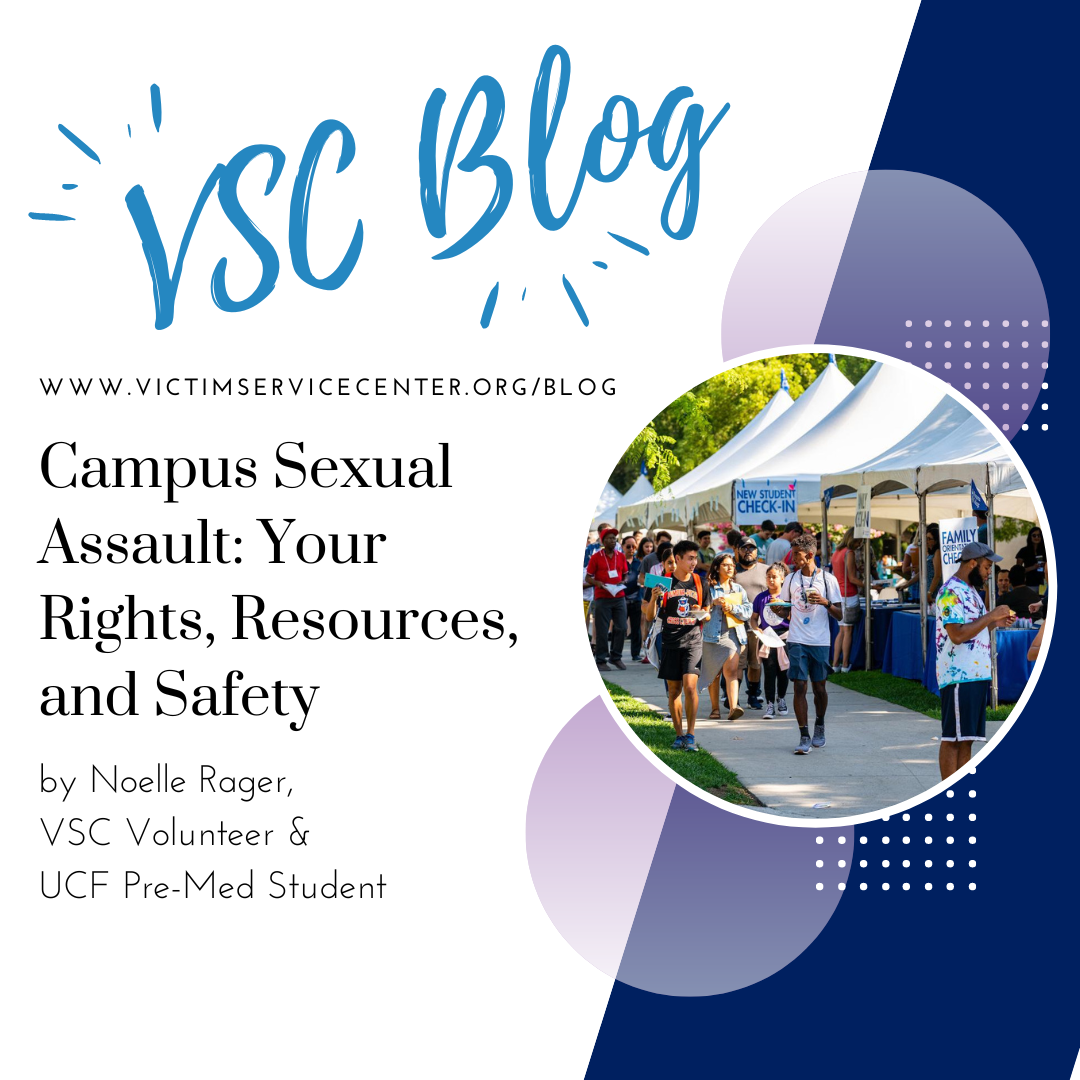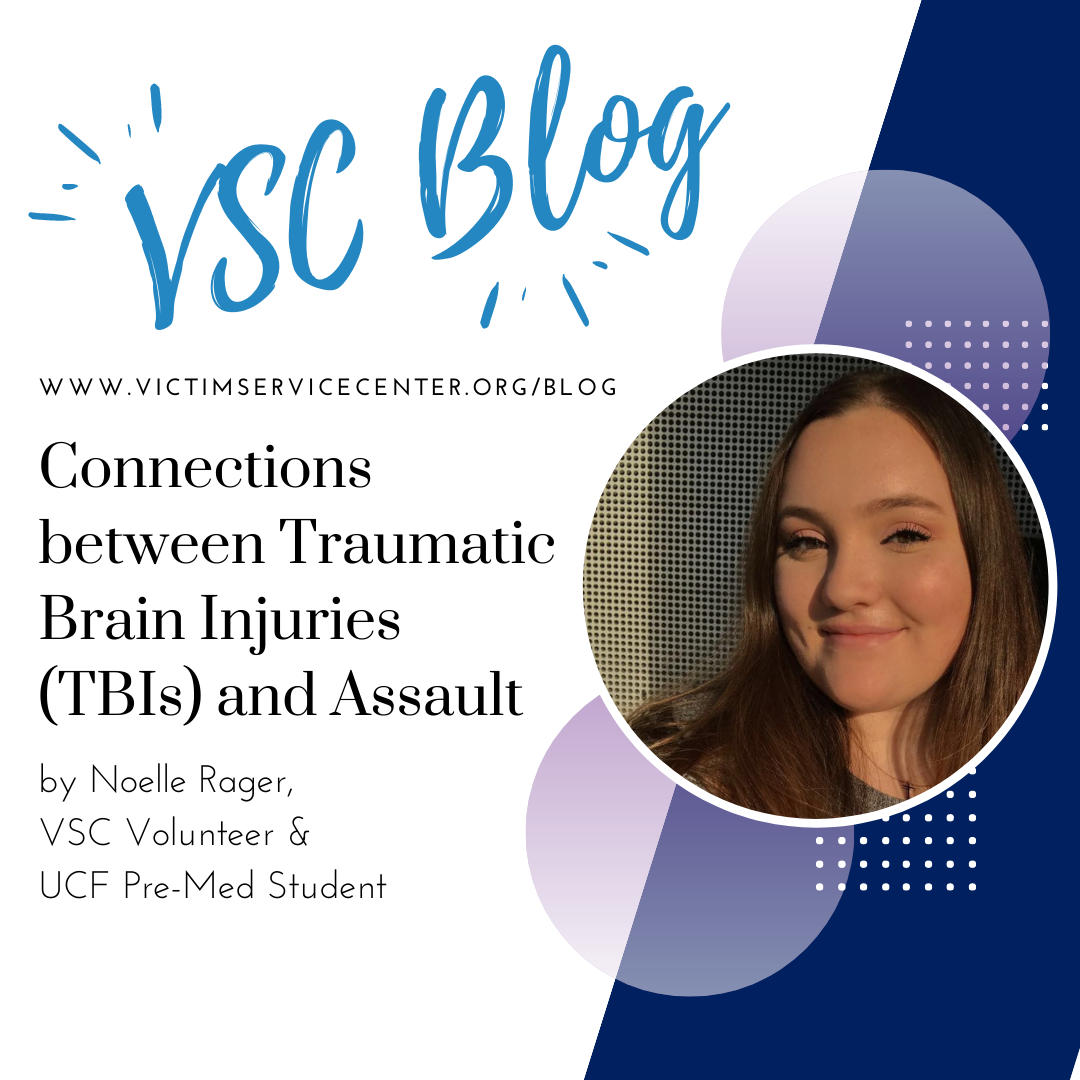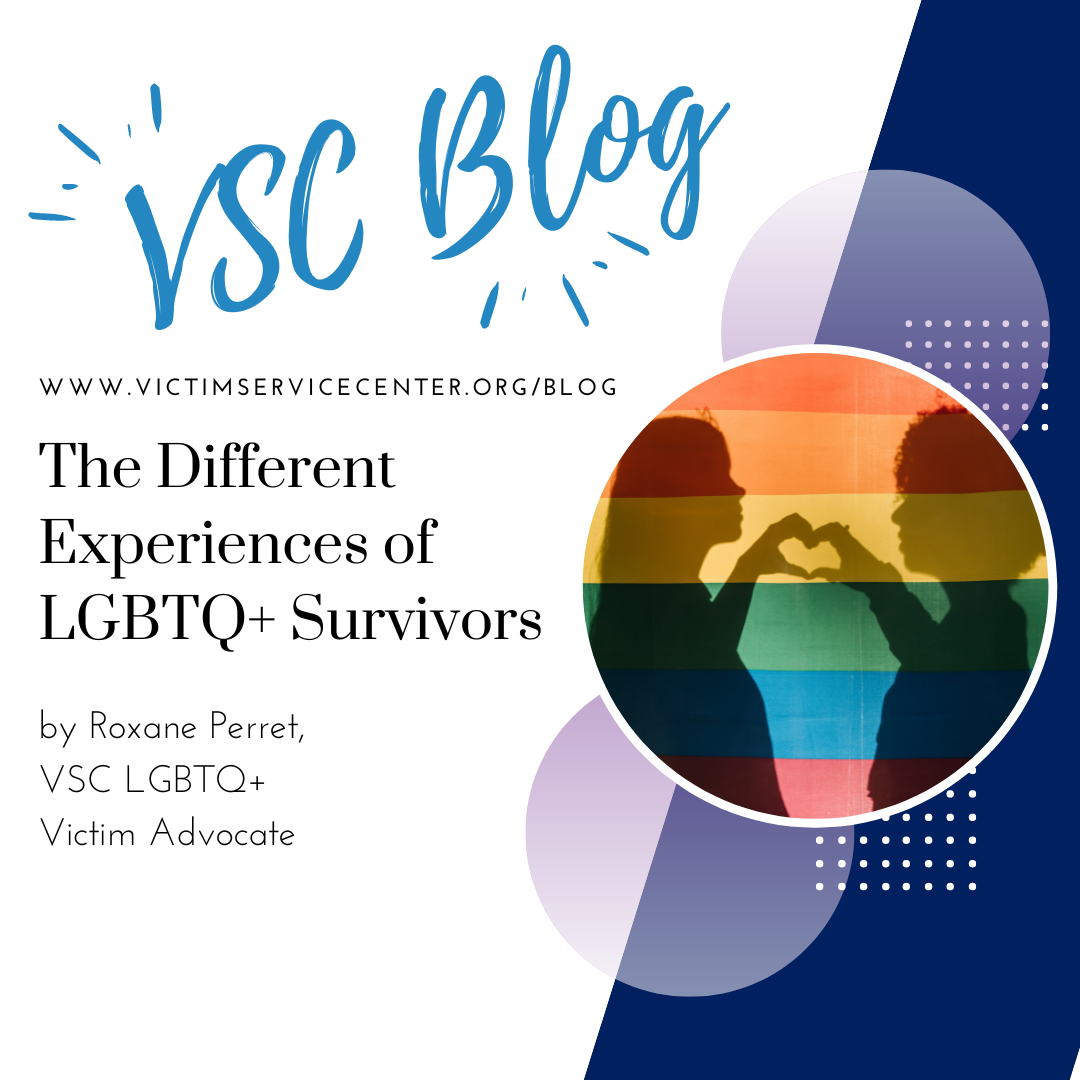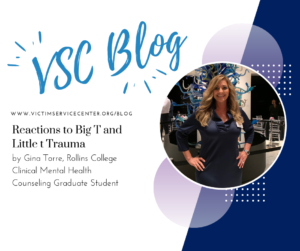
by Gina Torre, Rollins College Clinical Mental Health Counseling Graduate Student
There are various traumatic events that can be experienced which can cause our brain to send obstructive messages that keep the body in constant protection mode long after a traumatic experience is over. Because our body is designed to protect us during stressful events, it can store unpleasant memories that may cause the body and/or the mind to unconsciously respond to emotional triggers that can be distressful to a survivor’s well-being. Some examples can be frequently recalling the event and feeling worried, numb, and hypervigilant. If you have experienced a traumatic event there are six different reactions listed below that can help you identify how your body may have responded. These reactions can vary, and it is important to remember our neurobiological responses are out of our conscious control. Keep in mind that the severity of how frightening the threat is, as well as your own lived experience and feelings of empowerment can potentially affect these responses:
Trauma Reaction
- Freeze – Your body responds by freezing in which you become more vigilant of what is happening around you. Senses become intensified as your brain assesses the amount of danger that is being experienced.
- Flight – When the event is considered a threat, your body physically responds anxiously by alerting the need to escape.
- Fight – In this response, your heart rate is elevated and you may attempt to confront the situation or perpetrator.
- Fright – Emotions are at their peak leaving you to feel fearful and unable to concentrate. The realization that there is no way to escape may cause your body and/or mind to block out details.
- Flag – Your blood pressure lowers and you become emotionally numb as your biological system begins to shut down.
- Faint – Shock is an elevated response that causes one to lose the ability to take action that can result in fainting.
Survivors of sexual assault have reported they often experience the first or fourth reactions that cause them to feel frozen or dissociated from the assault that their bodies experienced. Alternatively, some individuals can remember clear details about the incident but may find themselves having difficulty precisely reporting what happened.
The Differences
The DSM-5 defines a PTSD trauma as any situation where one’s life or bodily integrity is threatened; these are typically Big ‘T’ traumas. While small ‘t’ traumas for the most part would not lead to the development of PTSD symptoms, it’s possible that a person can develop some clinical trauma response symptoms. Small ‘t’ traumas are considered to be events that are not life threatening, but are experiences that exceed our ability to cope and can disrupt emotional functioning due to the individual feeling helpless. Accumulated effects of small ‘t’ traumas can lead to significant distress, especially when they occur within a short span of time. Big ‘T’ trauma is most commonly associated with post-traumatic stress disorder (PTSD) that can include life threatening experiences, sexual assault, or serious injuries. Helplessness is also a key factor of Big ‘T’ traumas, wherein the extent of experienced helplessness is greater than small ‘t’ trauma.
Help is Available
According the National Women’s Study, almost one-third (31%) of all rape victims developed PTSD sometime during their lifetime; and more than one in ten rape victims (11%) still experience PTSD symptoms today. Additionally, victims of sexual assault were three times more likely than non-victims of crime to have ever had a major depressive episode.
If you have been a victim of sexual assault, a violent crime, or traumatic experience, and are experiencing symptoms you are eligible to receive services offered by the Victim Service Center that will help you on your journey to healing. VSC’s 24/7 helpline is also an option for anyone who needs to speak to a crisis counselor immediately by calling (407)-500-HEAL.
https://www.goodtherapy.org/blog/big-t-and-little-t-trauma-and-how-your-body-reacts-to-it-1019154
https://mainweb-v.musc.edu/vawprevention/research/mentalimpact.shtml
